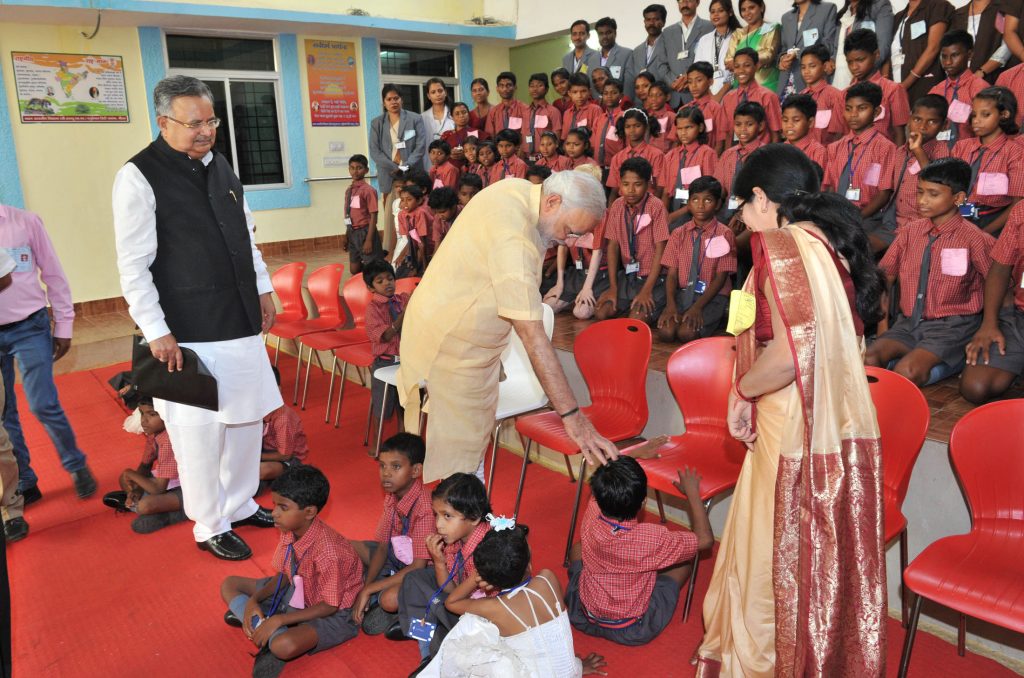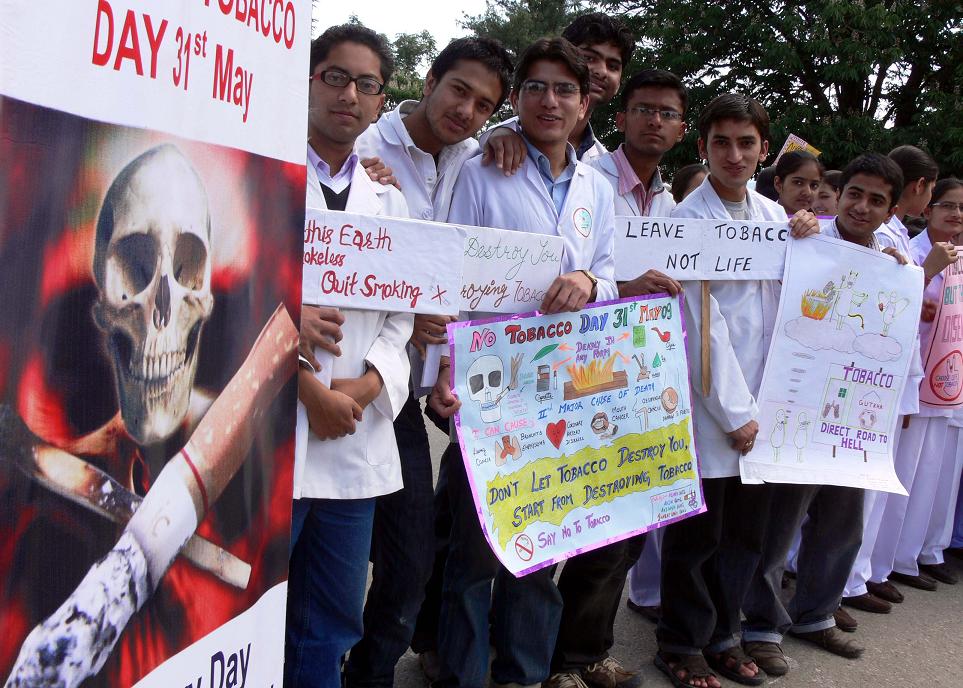
The visit by Prime Minister Narendra Modi to Bastar followed by Union Home Minister Rajnath Singh’s tour of Maoists affected areas indicates the governments resolve to tackle the Maoists menace. The Home Minister had earlier called for an integrated approach to tackle the issue; terming Maoists violence as ‘the biggest national problem’ while addressing Chief Ministers of Chhattisgarh, Maharashtra, Telangana and Odisha at New Delhi, he had said, “Centre wants to firm up urgent initiatives to uproot Left Wing Extremism (LWE( from the Bastar region”. Now MHA has announced following steps to be taken in Maoists affected areas: installation of mobile towers to bring entire area under mobile coverage; development of critical roads under Road Requirement Plan; enhancement of education infrastructure; improvement of health amenities; improving efficacy of Public Distribution System. In addition, government has moved a proposal for sanction of 17 x India Reserve (IR) battalions out of which 12 will be deployed in Maoists affected states. 75 percent vacancies in these battalions are to be filled by recruiting local youths from the worst Maoists affected districts in the concerned states. During 2015-16, Integrated Check Posts (ICPs) are to be completed at Raxual (Bihar), Jogbani (Bihar) and Petrapole (West Bengal), which will contribute towards checking move of radicals. MHA also plans to complete recruitment of 62390 constables including 8533 women during 2015-16, of which the Maoists affected states will get their fair share.
The deadly Maoist attack in Sukma during April 2015 killing seven STF men and injuring 10, when a column of 60 were attacked by Maoists, had created much turbulence in the political hierarchy at the Centre especially since the Prime Minister was out of the country. The media focused on delayed retrieval of dead bodies of the security personnel killed, because of bad weather hampering movement of helicopters, plus shabby arrangements for treatment of wounded who escaped on foot. This time the STF was struck but then the Central Armed Police Forces (CAPF) have faced the brunt umpteen times in the past. The next day, Maoists burned some 17 vehicles of road construction, and in the third consecutive incident five policemen were killed and seven injured in a landmine blast. Sporadic violence has continued ever since. Some 32 government vehicles were set ablaze in May 2015. In December 2014, CRPF suffered its worst casualty in four years when 14 of its men were killed in an ambush near Kasalpada village in Sukma, Chhattisgarh when a column of 200 CRPF soldiers was ambushed by Maoists in an open field. The incident happened reportedly on the 16th day of a 2,000-strong team derived from six battalions combing for Maoist strongholds in Sukma on a search and destroy operation covering several square kilometers. But it may be recalled that in April 2010, 76 CRPF men had been killed by the Maoists, while only eight Maoists were killed when a newly posted senior IPS officer posted at Raipur, Chhattisgarh ordered the CAPF to simply move out and do area domination for next 72 hours.
The media now reports, there is a debate in the security establishment whether area domination exercises serve any purpose at all given the kind of war the forces are engaged in. A senior officer from CRPF, the largest force engaged in anti-Maoists operations in Chhattisgarh, Jharkhand, Bihar and Odisha was quoted as saying “a conscious decision has been taken that forces will now make precision strikes in small packs rather than go across a wide area in large numbers. It merely exposes the forces to attacks by Maoists and there is always the danger of walking into an ambush as large movements are easily spotted.” Another CRPF officer was quoted saying, “Such exercises do not achieve any purpose. When you move in large numbers in a Maoist stronghold, they retreat. When you pull out, they come back. That’s no area domination. Where there is no state, there can be no area domination. It’s a futile exercise unless there is a road network that can be used to move fast and converge to clear areas.” The question no one asks is that why was a 2000 strong CRPF column doing so called “area domination” for 16 days in December 2014 after the loss of 76 CRPF men in April 2010 when a greenhorn IPS officer posted as SP at Raipur ordered jungle bashing for 72 hours without any specific aim?
The dilemma here is that while the area is vast, intelligence is at premium and administration is non-existent in vast tracts. What has been the progress on the Home Minister’s call to the CAPF to infiltrate the Maoists? It is obvious that giving up area domination completely and resorting solely to intelligence based specific operations is not the answer where external forces are stoking the fires, the Maoists influence is expanding right down to Kerala and the ISI-SIMI-Maoist nexus is a reality, Stratfor having warned of Pakistani ISI involvement as far back as 2009-2010. Aside from intelligence based operations, selective area domination must be done not independently but with simultaneous forward move of the administration including establishment of police posts, development of roads and infrastructure. In addition, small scale operations must be launched periodically to shake up the Maoists strongholds and ambush ones shaken out. The CAPF lament they are in the present state because the IPS officers in-charge of the planning the strategy for them are no experts but are holding all senior appointments of the CAPF, must be seriously examined by the MHA. The Centre would do well to crystallize top-down driven command and control structures ensuring unity of command with strategy/policy executed by career specialists, which are the CAPF – predominantly the CRPF.
Prakash Katoch is a third generation army officer hailing from Himachal Pradesh. He is a former Lieutenant General from Special Forces.
Prakash Katoch is third generation army officer hailing from Himachal Pradesh. He is former Lieutenant General from Special Forces and post-retirement has published over 2100 articles on international affairs, geopolitics, military, security, technical and topical issues besides authoring two books. He is active in seminars at both national and international levels.


